Are you experiencing neck pain that keeps you from doing things you love?
Are you eager to get back to playing golf, going on vacation, hiking, or simply functioning daily while sitting or sleeping without neck pain?
You might be seeking a more natural and comprehensive solution to your neck pain; one that goes beyond traditional methods. By looking closely at your entire body and understanding its interconnectedness, you can uncover the true sources of your symptoms.
Let’s explore the four most common causes of neck pain, as seen in our clinic, and how to heal naturally. We’ll delve into the intricacies of your neck’s anatomy and musculature, shedding light on the factors contributing to your pain. Understanding these causes will help you take charge of your healing journey.
4 Common Causes of Neck Pain
- Arthritis/Stenosis
- Herniated Disk
- Musculoskeletal – Postural Weakness/Soft Tissue
- Musculoskeletal – Skeletal
4 Common Causes of Neck Pain
Arthritis/Stenosis
Arthritis and stenosis develop from degeneration of the bones in your neck, a natural part of aging. Stenosis can occur as a narrowing of the spinal canal where the spinal cord runs through or in the foramina. This is the space between the vertebrae where the nerves that lead to your arms pass through leading to nerve impingement causing neck and/or arm pain. With arthritis, people may experience limited neck movement and crunching sounds when turning their heads, although the significance of these noises is not fully understood.
Herniated Disc
On the other hand, a herniated disc occurs when the soft cushioning discs that sit between each vertebra in your neck bulge, impinging on the nerves or spinal cord. It can cause numbness, tingling, or pain in one arm, often with related neurological signs such as decreased reflexes or sensory changes. An example would be when my brother noticed his arm falling asleep whenever he turned his head toward one side.
Musculoskeletal -Postural Weakness/Soft Tissue
Additionally, there’s the musculoskeletal aspect of neck pain, relating to the role of muscles and bones. One aspect is related to the weakness of the postural muscles known as your core. A weak core can lead to poor posture, especially when maintained for extended periods, placing excessive strain on the delicate structures of your neck, including the muscles, ligaments, and joints. It’s like asking a string to hold up a heavy weight for hours on end – eventually, it becomes fatigued and starts to protest. Similarly, your neck muscles become tired and overworked, leading to stiffness, discomfort, and, yes, that nagging neck pain.
Other soft tissue issues that can lead to neck pain are whiplash – a strain of the front neck muscles, overusing your neck muscles to breathe, “slept funny”, and muscle strain.
Musculoskeletal – Skeletal
The other issue is skeletal, involving changes in your spinal alignment, where even the position of your ribs can become problematic. These skeletal concerns often create a bony issue that needs to be addressed in physical therapy.
Understanding these common causes is the first step toward finding effective solutions for your neck pain.
Understanding Anatomy Helps To Understand Common Causes of Neck Pain
Picture this: your body is like a connected puzzle, with each piece playing a vital role in your overall well-being. At the center of it all is your spine, the backbone of your body.
Just below your skull, you’ll find the cervical spine, also known as your neck. It’s made up of seven vertebrae, which act as building blocks for support and movement. Moving down, we reach your mid-back, called the thoracic spine, consisting of 12 vertebrae where 12 pairs of ribs attach. Finally, your lower back, known as the lumbar spine, is formed by five lumbar vertebrae. Underneath the lumbar vertebrae, you’ll discover your sacrum, followed by your tailbone, or coccyx. And the grand finale? Your pelvis!
Now, let’s zoom in a bit and take a closer look at the structures that make up your spine. Between each pair of vertebrae sit the discs made up of a soft center known as the nucleus pulposus and an outer ligamentous ring called the annulus. They provide shock absorption and flexibility, allowing smooth movement. Behind the discs, you’ll notice a space where something truly marvelous resides—your spinal cord. Your spinal cord is like a superhighway of information, linking your brain to the rest of your body. It travels through this space, passing through the vertebrae like a tunnel, connecting with nerves that branch out between each vertebra.
The nerves from your neck extend down to your arms, branching out like pathways to carry important signals. They allow you to reach, grasp, and feel. Now, the nerves in your thoracic region pass through your rib cage, spreading out to serve your trunk. As for the lumbar region, those nerves travel downward, reaching out to your legs, enabling walking, running, and everything in between. Your spine, discs, spinal cord, and nerves work together to ensure smooth communication and movement. By understanding this interconnectedness, we can begin to appreciate the importance of a holistic approach to healing and recovery.
The Power of Movement, Exercise, and Education
The biggest mistake people make is ignoring their pain.
You might have thought about just waiting and hoping the pain will resolve on its own. Sometimes it will resolve but more often than not you will develop compensations or the symptoms will become chronic if you don’t take care of your symptoms sooner rather than later. There are treatments like medication, injections, or even surgery, which have their place. However, a blend of physical therapy along with other treatments like medication or injections yields the best results. Quite often, solely focusing on physical therapy will be enough.
Physical Therapy For Neck Pain
Through hands-on manual therapy, we use gentle techniques to address your joints, ensuring they have the proper range of motion for optimal function. By restoring and harmonizing your joint movements, we aim to bring balance to your skeletal system. Additionally, we focus on your soft tissues, breaking down restrictions and scar tissue, anywhere in the body not just the neck, that may impede your healing process. Our approach includes a mix of traditional methods, where we pinpoint areas of discomfort and encourage movement, and non-traditional techniques that involve gentle interactions to prompt your body’s natural healing abilities.
You will receive exercises to strengthen and re-educate your body and posture to function optimally. In addition, you will receive a lot of education on how to go about your daily life and participate in the activities you enjoy. I recently saw a man who complained of severe neck and head pain when riding his road bicycle (a bike for racing with ram’s horn handlebars) fast for a significant amount of time. In addition to the manual therapy he received, we evaluated his posture on the bike and recommended positional changes. Then, he was given sport-specific exercises to do off the bike to promote ease of the new positioning on the bike. He no longer complains of severe head and neck pain and even completed a 5-day bike trip riding up to 75 miles per day.
Start Your Journey of Healing Neck Pain Naturally Today
Understanding the root causes of neck pain is an essential first step towards finding long-lasting relief. Today you learned about the four common culprits: arthritis/stenosis, herniated disk, musculoskeletal issues related to postural weakness or soft tissue, and musculoskeletal issues related to the skeletal structure. By increasing your awareness and understanding of these factors, you can take proactive measures to prevent and manage neck pain. Remember, your body is a complex puzzle, and it’s important to listen to your unique story and experiences to identify the underlying cause of your symptoms. Let us be your partner in healing.
Contact us today to learn more or take the first step towards reclaiming a pain-free life. Together, we’ll put the pieces of the puzzle together for a holistic solution that gets you back to doing what you love.




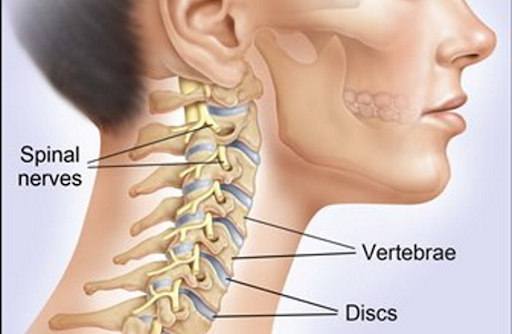
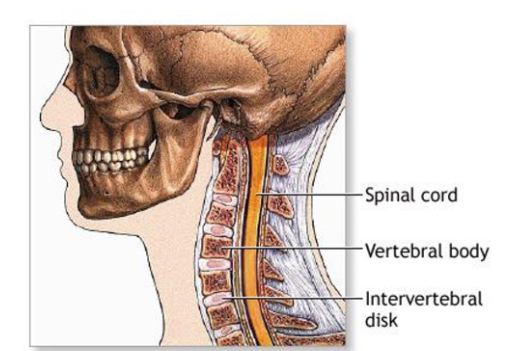
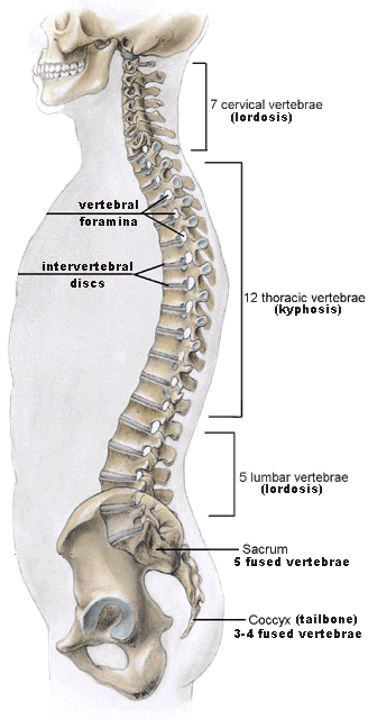
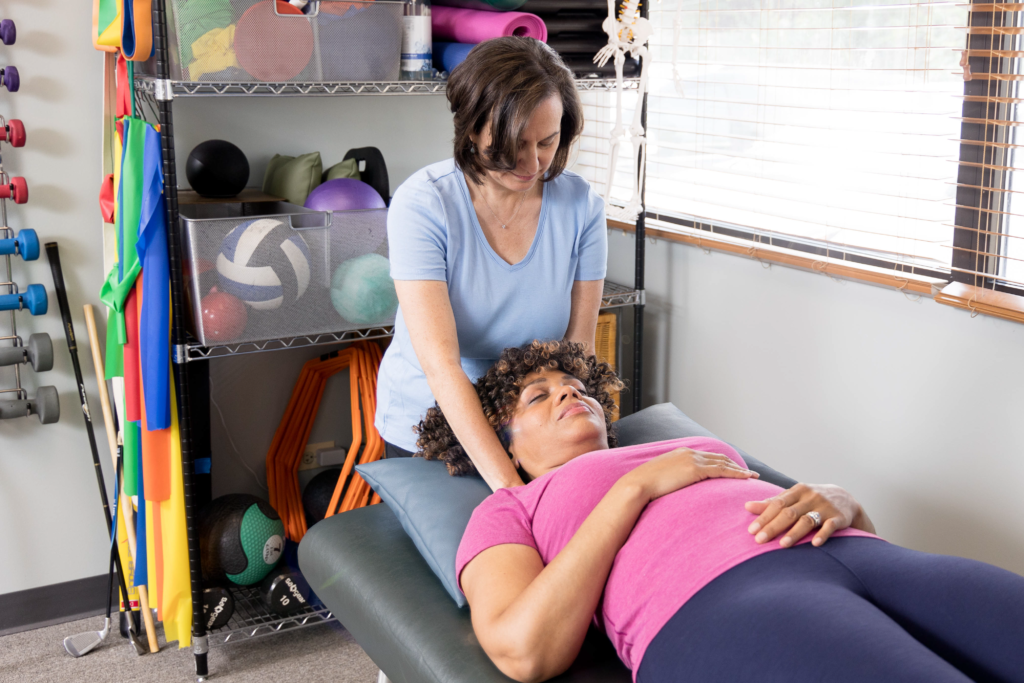
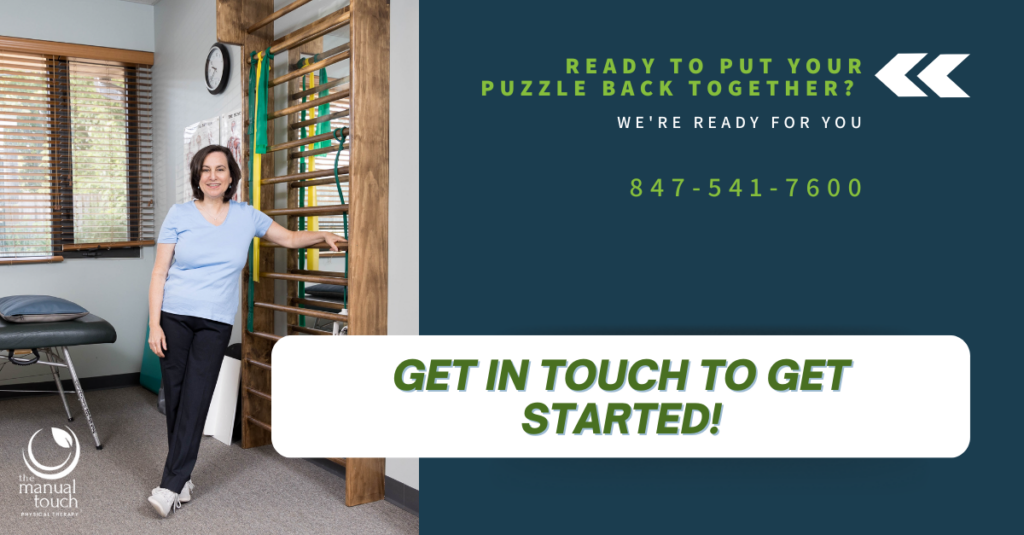



Leave a Reply